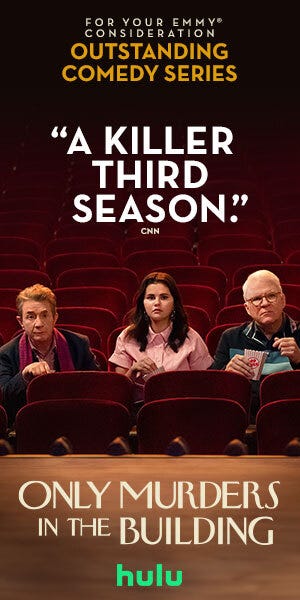40 Original Business Ideas That Saved Hollywood
Need inspiration? Read up on a history of how the town always plowed forward through innovation, dealmaking and great story

This is the latest in our weeklong series for paid subscribers about creativity. Yesterday, we covered how AI can be a brainstorming partner. Earlier, we explored how the best work balances artistic vision and studio management and how Hollywood can get unstuck.
“I want it to be . . . different.”
Those were the words of Benjamin Braddock, Dustin Hoffman’s character in The Graduate (1967). Braddock had just graduated from Williams and, having returned to his family’s Pasadena mansion, was existentially stuck, unsure the direction his life should go: the cushy bourgeois existence of his parents, or some other, bolder path.
Mike Nichols’ The Graduate itself was one of Hollywood’s most original, bold ideas, born from a script by Buck Henry and Calder Willingham, and based on a 1963 novel by Charles Webb. Before 1967, the studios believed that “everything should appeal to everyone,” according to film historian Mark Harris. The Graduate, on the other hand, wore its generational niche on its sleeve, centering the off-kilter narrative around Braddock, played by Dustin Hoffman, so unknown that after filming wrapped, he went on unemployment.
The result: The Graduate became the third-highest grossing picture of all time at the time — and still ranks 23rd on the all-time list, with more than 85 million tickets sold and an inflation-adjusted gross approaching $1 billion. Hollywood’s originality and boldness was rewarded, and the industry prospered.
Much like Braddock in those opening scenes, Hollywood is at a similar crossroads: Finding comfort in looking back, with a fuzzy outlook on the future.
Like The Graduate, there have been other moments, born out of originality, that became pivotal moments in shaping Hollywood — and moving it forward. The list I’ve assembled obviously does not constitute the only original ideas that changed Hollywood. But they serve as a reminder that Hollywood was built on creativity — on screen, behind the scenes and in the boardroom. Sometimes the best inspiration is remembering from where you came.
1. Putting Stories on Screen
When William Kennedy Dickson, who worked for Thomas Edison, developed the kinetograph — the first ever movie camera — Edison patented it in 1891 and ruthlessly enforced it. As audiences started to show an appetite for longer films more akin to features, the Edison Trust rejected the “deviation from the status quo, which called for one- and two-reelers only,” according to one disgruntled producer. To escape his grasp, a group of independent filmmakers moved from New Jersey, then the capital of the film world, to California in the 1910s and formed what we now know as Hollywood. In 1915, a Supreme Court decision ruled that Edison could no longer use his intellectual property to attack rival filmmakers and here we are.
2. Books Become the First On-Screen IP
Georges Méliès, a French magician and filmmaker, translates a Charles Perrault’s fairytale from the 1600s — Cinderella — into a movie featuring a full cast, music and multiple sets. The picture clocks in at a brisk six minutes.
3. Brands Take Their Mark
Although product placement in movies feels like a thoroughly modern phenomenon, no less than the Lumière Brothers incorporated Sunlight Soap in an 1896 production, at the behest of the Lever Brothers (the forerunner of Unilever). That’s considered the first-known instance of the stealth advertising technique, so take that, Aston Martin and James Bond.
4. The International Market is Born!
Queen Elizabeth — a 1912 French silent feature film about Elizabeth I’s affair with the Earl of Essex — became the first foreign film ever released in America after its original production company was forced into liquidation during filming and Paramount cofounder Adolph Zukor ponied up the funds to complete the picture. He later brought Queen Elizabeth to New York City, where it premiered at the Lyceum Theatre on Broadway, creating a market for both international movies and features.
5. Birth of the Talkies
The talkies: a tough break for Nellie LaRoy, but good for the film industry. After spending years producing silent films, a new sound-on-disc system called vitaphone allowed Warner Bros. to begin incorporating music, effects and dialogue into motion pictures. With the technology, Warners was able to use a completely synchronized score for the movie Don Juan (1926), and dialogue in addition to the score in Al Jolson’s The Jazz Singer (1927).
6. The Movies Throw Itself a Party
“I found that the best way to handle [filmmakers] was to hang medals all over them,” said MGM cofounder Louis B. Mayer. “If I got them cups and awards, they'd kill themselves to produce what I wanted. That's why the Academy Award was created.”





